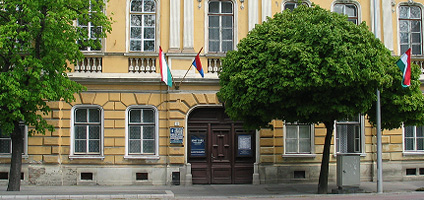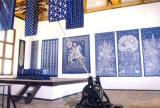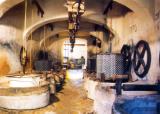2025. April 22. Tuesday
Blue Dyeing Museum - Pápa
 |
Address: 8500, Pápa Március 15. tér 12.
Phone number: (70) 663-3540
E-mail: info@kekfestomuzeum.hu
Opening hours: Tue-Sun 10-18
|
The Blue Dyeing Museum in Pápa is the only blue dyeing museum in Hungary, but it is also a unique industrial historical monument in Europe, which presents the entire work phase of blue dyeing. In the process, our visitors can learn the secrets of the complicated procedure and learn that it is not an extinct craft at all, but it is still a thriving craft today.



